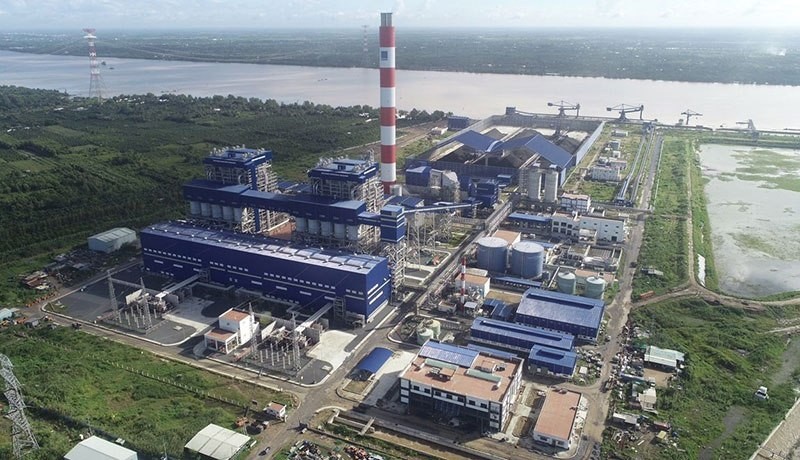In a recent report on the implementation of the socio-economic development plan in 2021, the Government estimated that eight out of the 12 key targets set by the National Assembly will be achieved and exceeded, such as macroeconomic stability, inflation control, curbing the consumer price index, and others.
However, the economy is facing unprecedented difficulties which are seen through unfulfilled targets. GDP growth is expected to reach 3% to 3.5%, compared to the set target of 6%, while per capita income is estimated atUS$3,660 to US$3,680, lower than the target of US$3,700.
In addition, the contribution of total factor productivity to growth is estimated at 32%, lower than the target of 44% to 47%, and the rate of poor households according to the multidimensional approach is expected to decrease by 0.5 to 1 percentage point, lower than the target of 1 to 1.5 percentage points.
Specifically, there is a breakdown in some production, supply and labour chains. The disbursement of public investment capital is slow, especially ODA capital and concessional loans. The service sector is facing serious difficulties, especially tourism, accommodation and catering services. Labourers have been severely affected by the pandemic with an increasing unemployment rate.
Dr. Nguyen Dinh Cung, former director of the Central Institute for Economic Management, said that the most worrisome issue is that the growth drivers of the economy are declining. Public investment has not yet taken a leading role, while private investment has dropped sharply.
The southern economic zones are also weakening which become more obvious after the fourth outbreak of the COVID-19 pandemic.
Taking advantage of growth opportunities
With a growth rate of 1.42% in three quarters, Vietnam's economy is unlikely to reach the yearly growth target of 6%. However, the opportunity to improve the growth rate is possible because the pandemic is basically under control and the whole country is implementing a safe and flexible adaptation roadmap to the pandemic.
Economic experts have said that the driving force for economic growth depends heavily on the utilisation of available room, the speed of implementing support solutions for people and businesses, the utilisation of opportunities from free trade agreements, digital transformation, and the disbursement of public investment capital.
Assoc. Prof, Dr. Pham The Anh, chief economist from the Institute for Economic and Policy Research (VEPR), said that if the anti-pandemic work in the coming time does not disrupt the circulation of goods and production, the recovery of the Vietnam’s economy will be very good.
The two main drivers for growth in the fourth quarter are exports and public investment., Exports in particular are expected to have strong expansion thanks to the resumption of domestic manufacturing industries and the recovery of the world economy through the implementation of free trade agreements. For public investment, the Government has solutions to promote disbursement, especially for key national projects and infrastructure projects, contributing to creating a driving force for growth both in the short term and in the long run, Anh said.
The outstanding feature of the economic shock caused by the COVID-19 pandemic is the disruption in the entire economy and activities of social life, leading to a break in the connection between aggregate supply and aggregate demand. Therefore, the proposed solutions need to ensure unity and comprehensiveness regarding health, economy and society while ensuring the synchronisation and smooth coordination between ministries, sectors, localities, enterprises, workers, and people.
Therefore, in four lessons learnt for Vietnam, World Bank Lead Economist and Programme Leader for Vietnam Jacques Morisset said that the traveling restriction management method needs to be smarter and simplified on the basis of strict supervision and information sharing, so that there is no disruption to the production and supply chain.
In addition, the World Bank also recommended that Vietnam should focus more on fiscal policy and less on implementing monetary policy to support growth because there is room for fiscal policy and the use of fiscal tools can help stimulate demand in the short term and supply in the long run.
In addition, social assistance programmes need to be implemented more effectively to reduce the economic burden. As such, Vietnam needs to strengthen its resilience through a strong and flexible social assistance system. Those are the important solutions that need to be implemented so that economy can soon return to a growth trajectory.
















